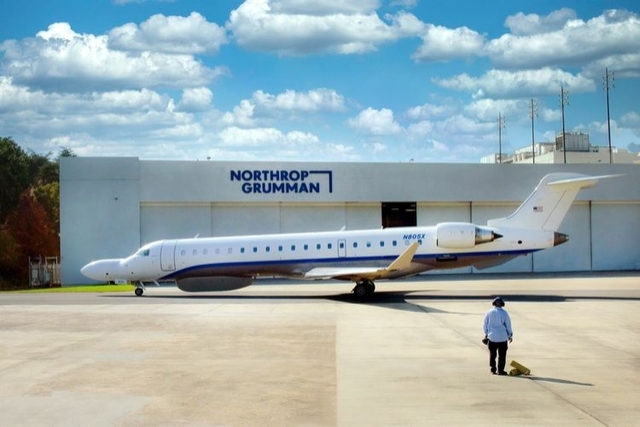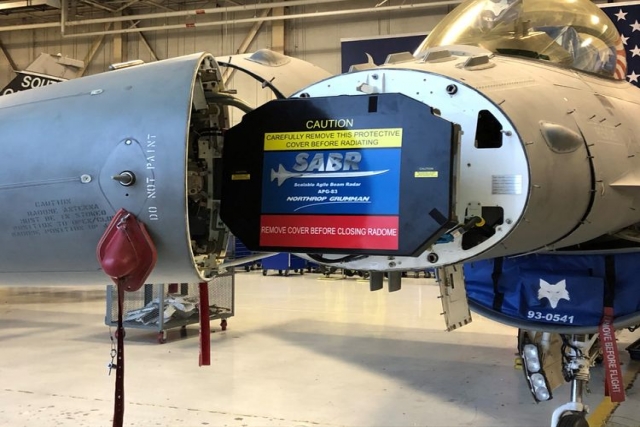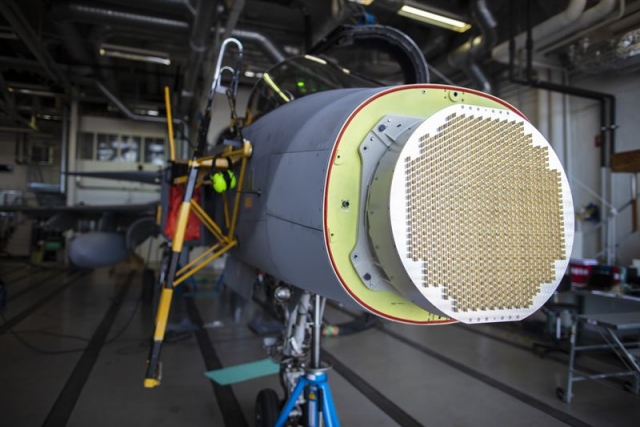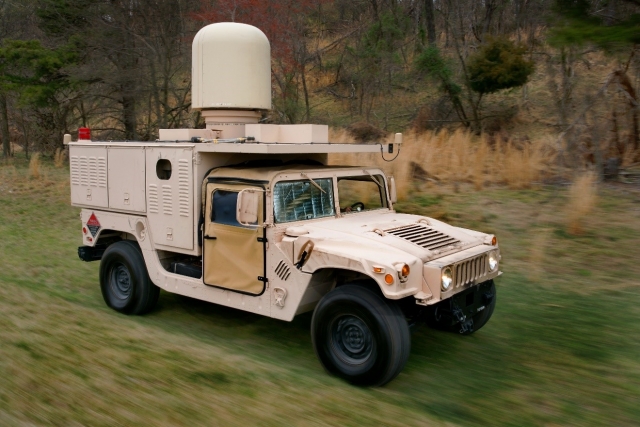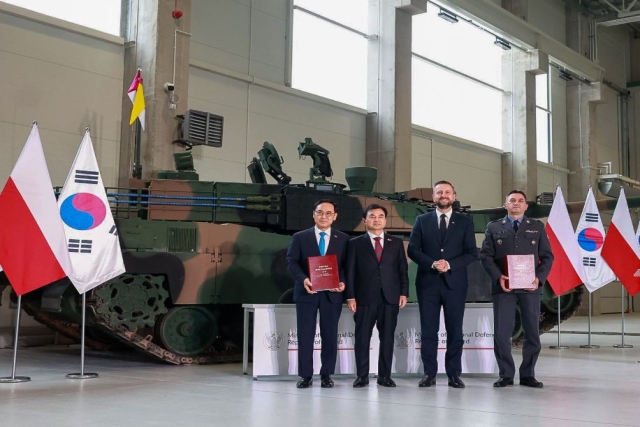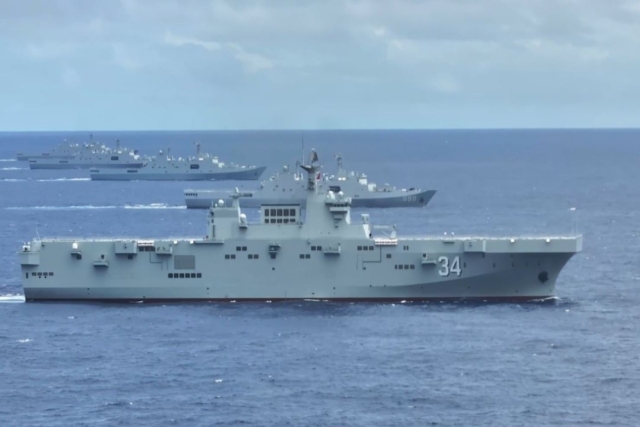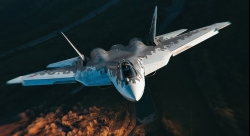Northrop Grumman Demos Open Mission Systems AESA Sensor
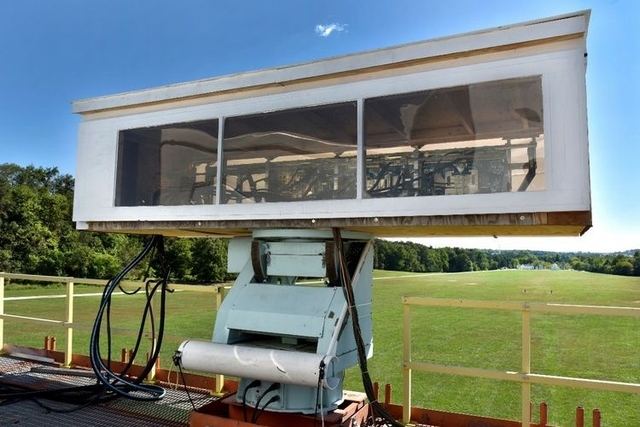
Northrop Grumman has successfully demonstrated an open mission systems (OMS) compliant active electronically scanned array (AESA) sensor in recent ground and multiple flight demonstrations.
For the demonstrations, an advanced Northrop Grumman wideband AESA sensor was connected to an OMS-compliant mission computing system provided by Boeing. After integrating with the Boeing mission computing environment, the AESA sensor was instructed to focus on specific targets, capture and manage data, and communicate the information back to the mission computing system, which was displayed in real-time on an operator’s workstation.
OMS is an approach based on open architecture design allowing customers to rapidly add new or improved capabilities, regardless of supplier, at a reduced cost. This Northrop Grumman and Boeing joint live flight test demonstrated a key step in continuing the validation and integration of OMS-compliant systems and the ability to successfully transfer relevant active-passive kill chain data.
Northrop Grumman plans to integrate a combination of OMS/Open Communication Systems sensors and software-defined radios across multiple platforms, networks and nodes to address driving mission needs and ensure multi-domain interoperability.
“These demonstrations continue to act as pathfinders to enable further OMS opportunities,” said Paul Kalafos, vice president, surveillance and electromagnetic maneuver warfare, Northrop Grumman. “Using an agile framework, we can quickly develop and adapt complex, multi-function systems to enable multi-mission nodes at the tactical edge of the battlespace, be it Joint All-Domain Command and Control (JADC2), electronic warfare, or intelligence, surveillance and reconnaissance.”
“Northrop Grumman is a pioneer in developing multi-function sensors,” said Greg Simer, vice president, air dominance and strike, Northrop Grumman. “Through our iterative development and flight demonstrations, we are focused on agile development with OMS-compliant sensors and commercial practices to prove the rapid integration of capabilities across mission sets. The result is faster and more affordable advances in sensor capabilities for U.S. forces and their allies.”
